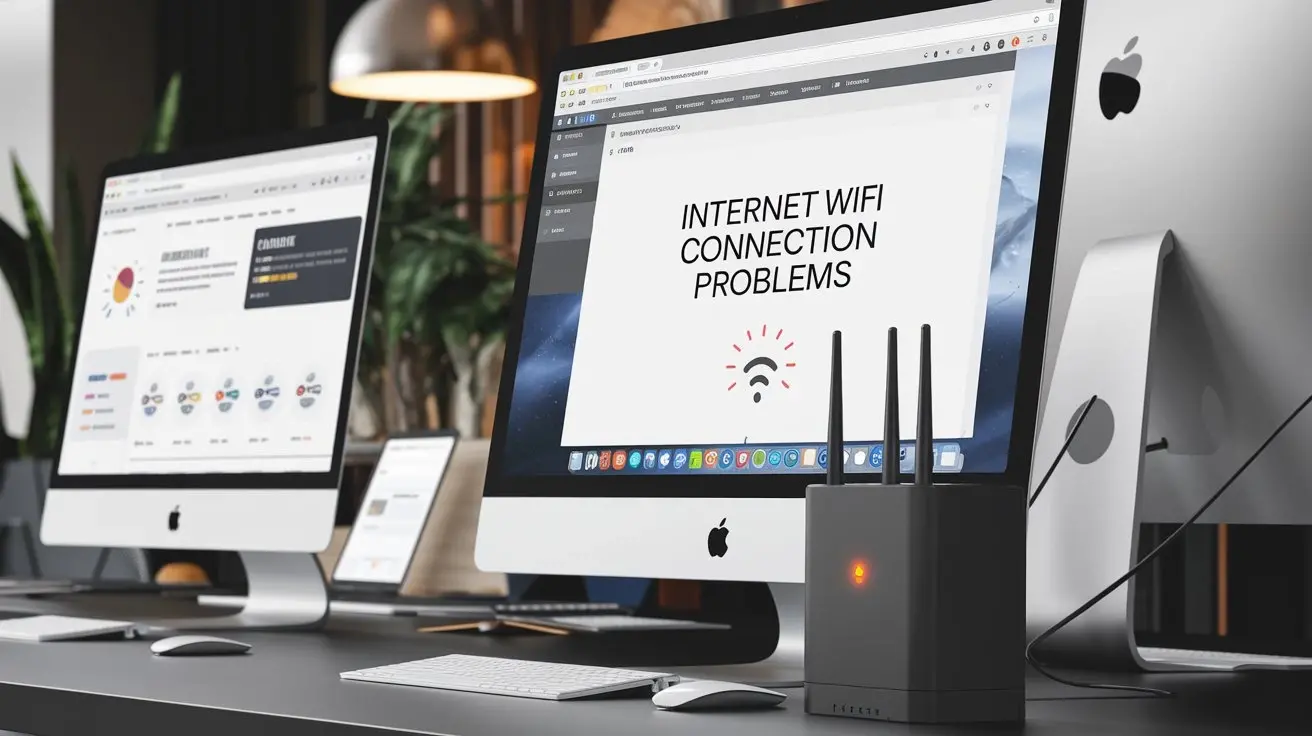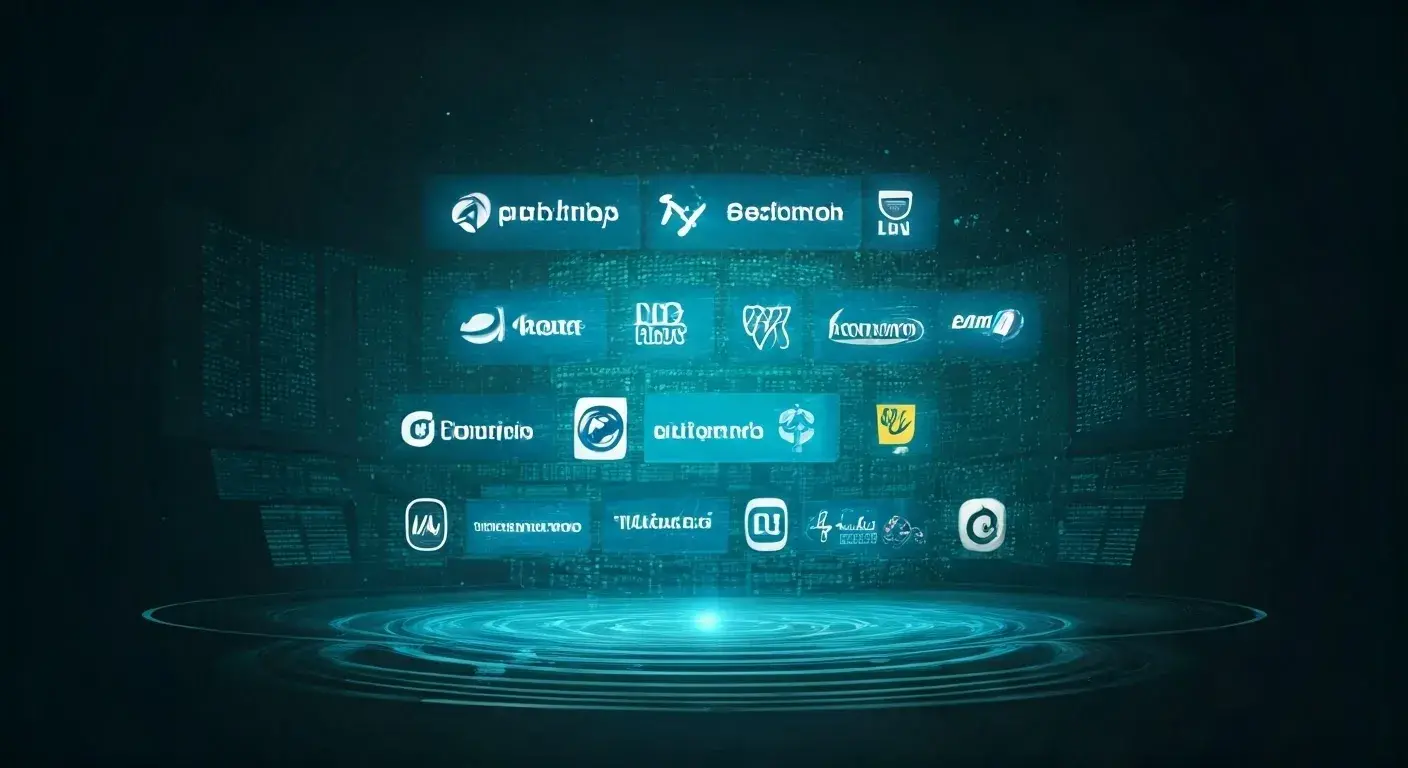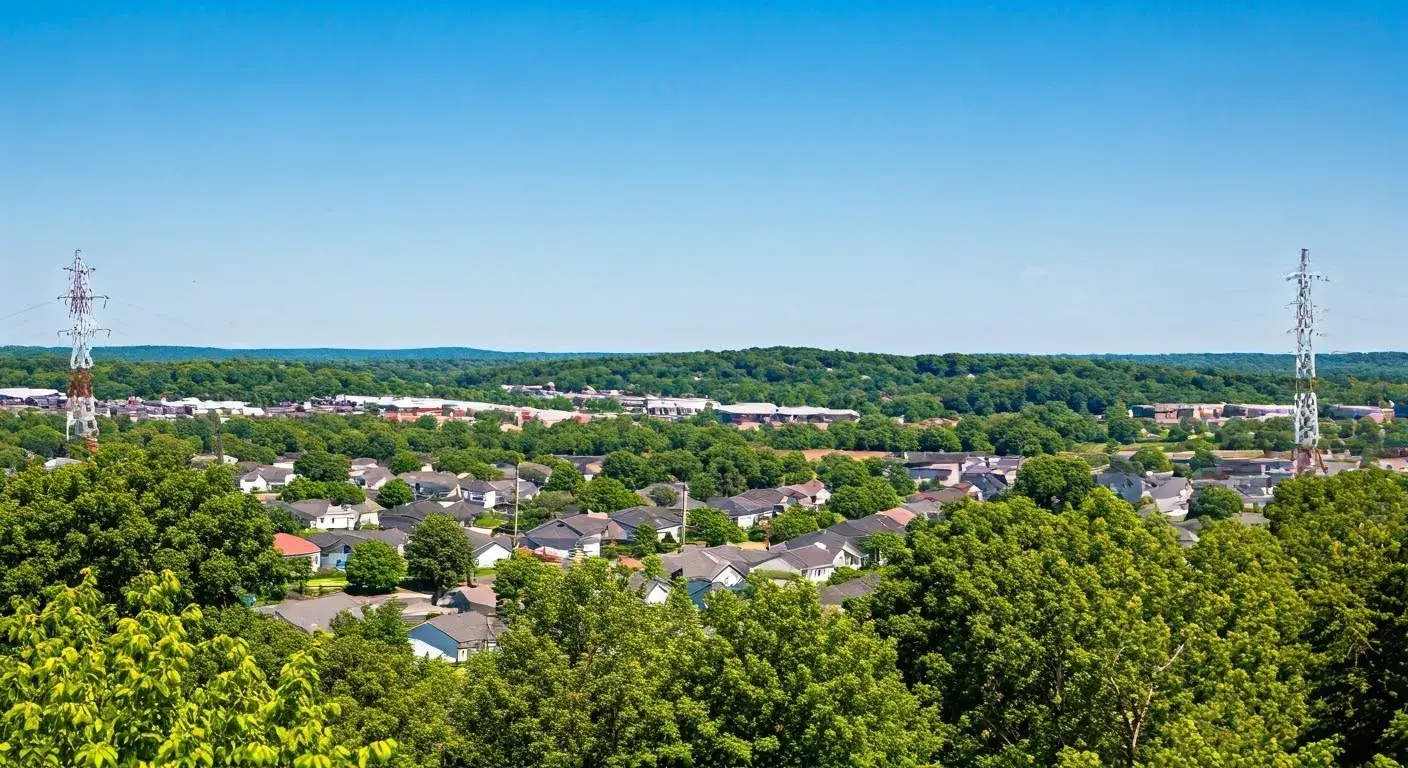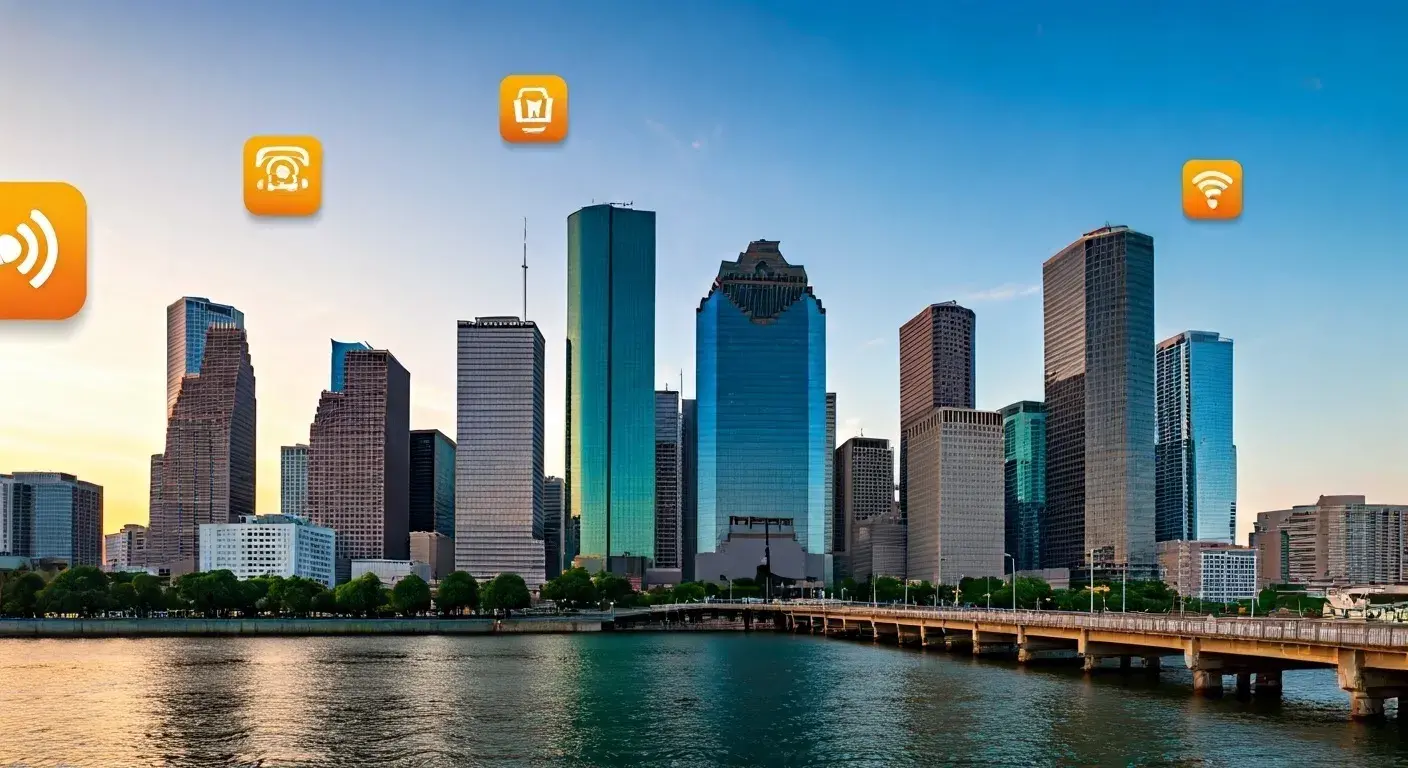
Contemporary society does not think about any day that is free from connection to the internet particularly when performing our day-to-day activities. Internet connection especially on a wireless basis has become an absolute necessity for people knowing the sea of information, communication, work and entertainment. That is why nowadays everyone can face the problem of a poor WiFi connection. In this blog, we will address the 10 most common issues that result in internet WiFi connection issues and solutions to ensure you can reconnect immediately.
1. Weak or Poor WiFi Signal:
Problem: Among the main causes that can be distinguished when the connection speed is low and intermittent a weak signal is one of the most frequent causes. It could be diffidently due to the issue of distance from the WiFi router, walls or furniture hindering the WiFi connection or other connected electronic gadgets.
Solution: To help resolve this, ensure that your router is centrally located ideally in an open area without many objects around it. Another solution you might want to try is using the WiFi range extenders or the mesh systems to boost the signal and get coverage in more rooms of the house. If you do not want to buy a mesh router you can buy a single router that offers wall-to-wall coverage.
2. Outdated or Overloaded Router:
Problem: If your router is old, it can be slow at handling current internet speeds and the latest wireless technology, WiFi 6. Thirdly, a router may be a tool and have its limitations like congestion of devices or too much load on bandwidth.
Solution: Switch to a new router compatible with the current WiFi standards and can accommodate more devices. Furthermore, you can opt for device priority on the local area network (LAN) or designate preservice Quality of Services (QoS) to ensure prioritized devices are given optimal bandwidth.
3. Corrupted or Damaged WiFi Drivers:
Problem: The WiFi drivers that connect your computer or other devices to the network can get damaged or outdated and this will lead to the failure of your device to connect to the network or the connection being very slow.
Solution: It's also important to always update your WiFi drivers you can do that by visiting your device manufacturer's site. If it is still not functioning correctly, then one should have to reinstall their drivers to solve the problem.
4. Clogged WiFi Channels:
Problem: In the wireless domain, similar to the roads and ways that exist in a freeway manner, WiFi channels exist. According to the report, where there are several networks in the same channel, congestion increases and hence slow channel speeds are experienced.
Solution: Most of the contemporary routers have a setting that enables the networks to recognize the least busy channel. But if you still have problems, you can always adjust the channel yourself on the router to a more open one. You can learn from this WiFi analytics tool that there are specific channels that you can find free in the exact location.
5. Malware or Viruses:
Problem: Sometimes we encounter challenges that indicate that the problem is not in the prognosis but it is in the application. Some programs including malware and viruses are known to hamper your device's connectivity or slow down the internet connection.
Solution: Sweep virus check on your gadgets utilizing confirmed anti-virus software. If there is a problem such as malware or viruses, delete them and if necessary install relevant software programs. Moreover, you need to install a firewall to minimize the chances of encountering threats in the future.
6. Faulty Ethernet Cables:
Problem: When it comes to your WiFi connection, bear in mind if you are using the Ethernet cable to properly connect your device to the router. Cables may have some defects, hence causing interrupted connections or slow internet connections.
Solution: You can try it on other devices or routers to determine if it is not a problem with that particular cable. If the problem is a faulty cable then what you need is to change it by acquiring a new one to solve the problem.
7. Firmware Issues:
Problem: Router firmware can get either infected by malware or become outdated causing various connectivity problems ranging from slow connection to no connection at all.
Solution: New firmware for your router can be downloaded through the manufacturer’s website or from the router’s web interface. However, changing the router’s settings can also help in firmware-based problems, and simply power cycling your router is incredibly effective.
8. IPv6 Issues:
Problem: Currently most devices and networks use IPV6 as the new improved internet protocol while some use the older IPV4. IPv4 and IPv6 are incompatible thus making it difficult to have an internet connection.
Solution: First of all, when setting up your router, you should make sure that your internet connection supports both IPv4 and IPv6 protocols. Also, if your devices can work with IPv4 and IPv6 (IPv6-enabled devices), it should fix the problem to some extent.
9. DHCP Issues:
Problem: DHCP or Dynamic Host Configuration Protocol is in charge of issuing IP addresses to a connected device on a network. It causes failure in connections to the internet or instabilities in the network connection if DHCP is not well functioning.
Solution: Reset your router, this shall work the DHCP again and solve the problem. In the case where the connection is not created, then one has to set the IP address to the device from the router.
10. Network Overload:
Problem: A network degrades when the devices are too many to be used at the same time since it slows down the process.
Solution: Turn off some of the devices which are connected to that network or you’d have to purchase a new router with a higher capacity to support many devices. Further, one should attempt to reduce bandwidth-demanding tasks such as online gaming or video streaming to help the former.
Conclusion:
Therefore, if you are experiencing WiFi connection issues, they could be a result of weak signals, old routers, or even software glitches. Nevertheless, there are ways to solve most of the frequent WiFi connection problems, provided here above solutions. It is important to note that when issues arise or you experience a slow internet connection, it’s advisable to check your router’s firmware and drivers, clean your network and always set your router to the latest WiFi standards. Using the tips that have been discussed in this article, then you will not experience any breaks in your internet connection.






